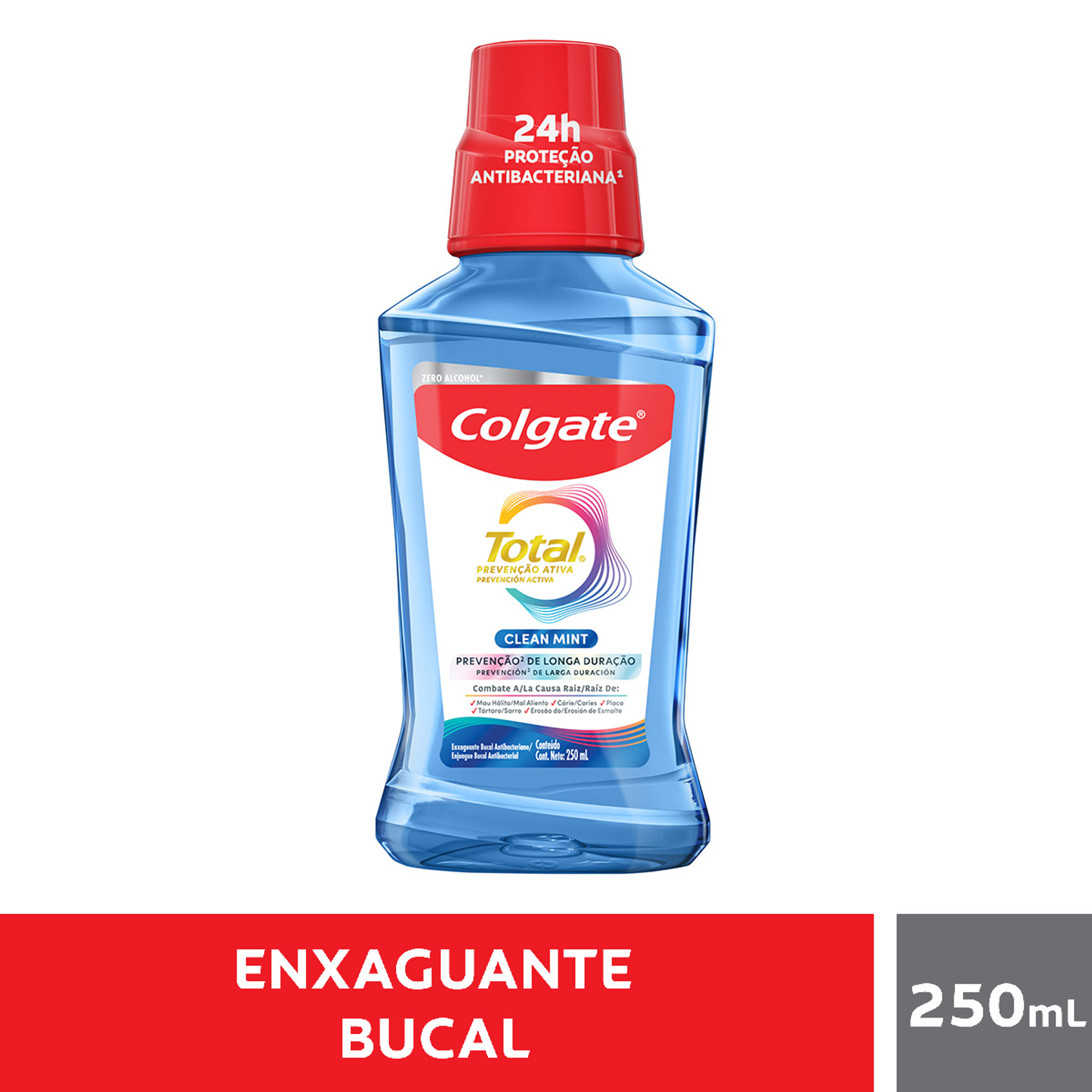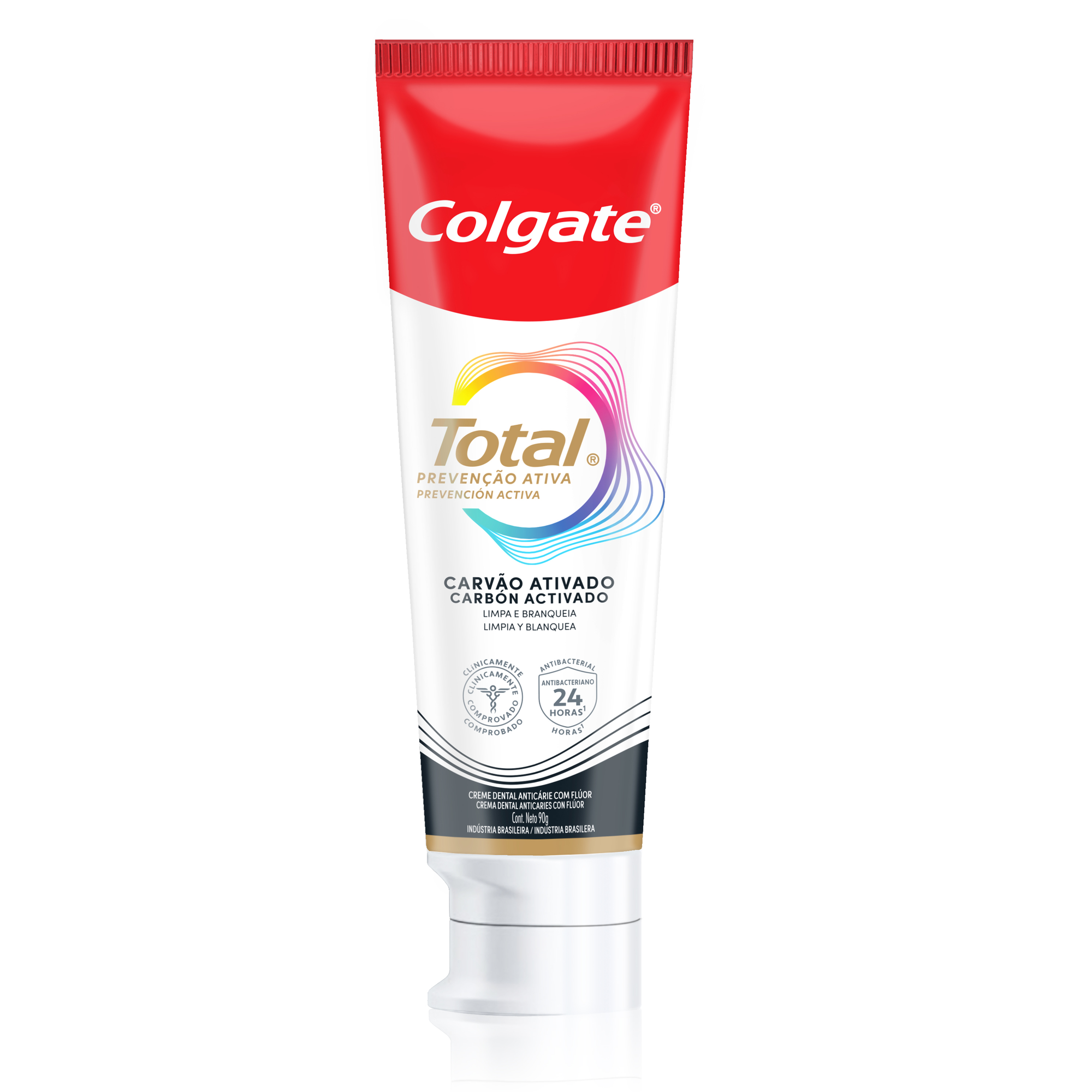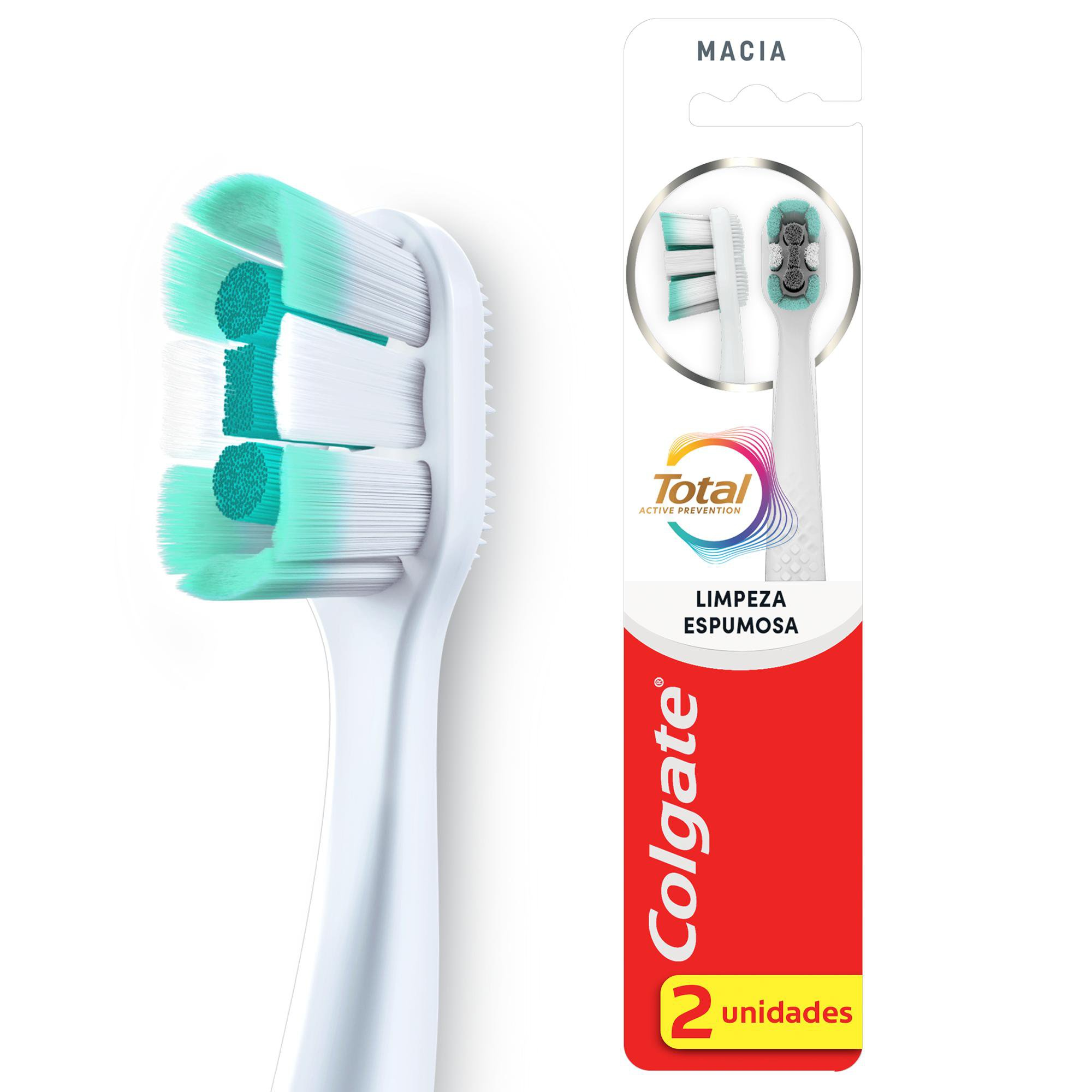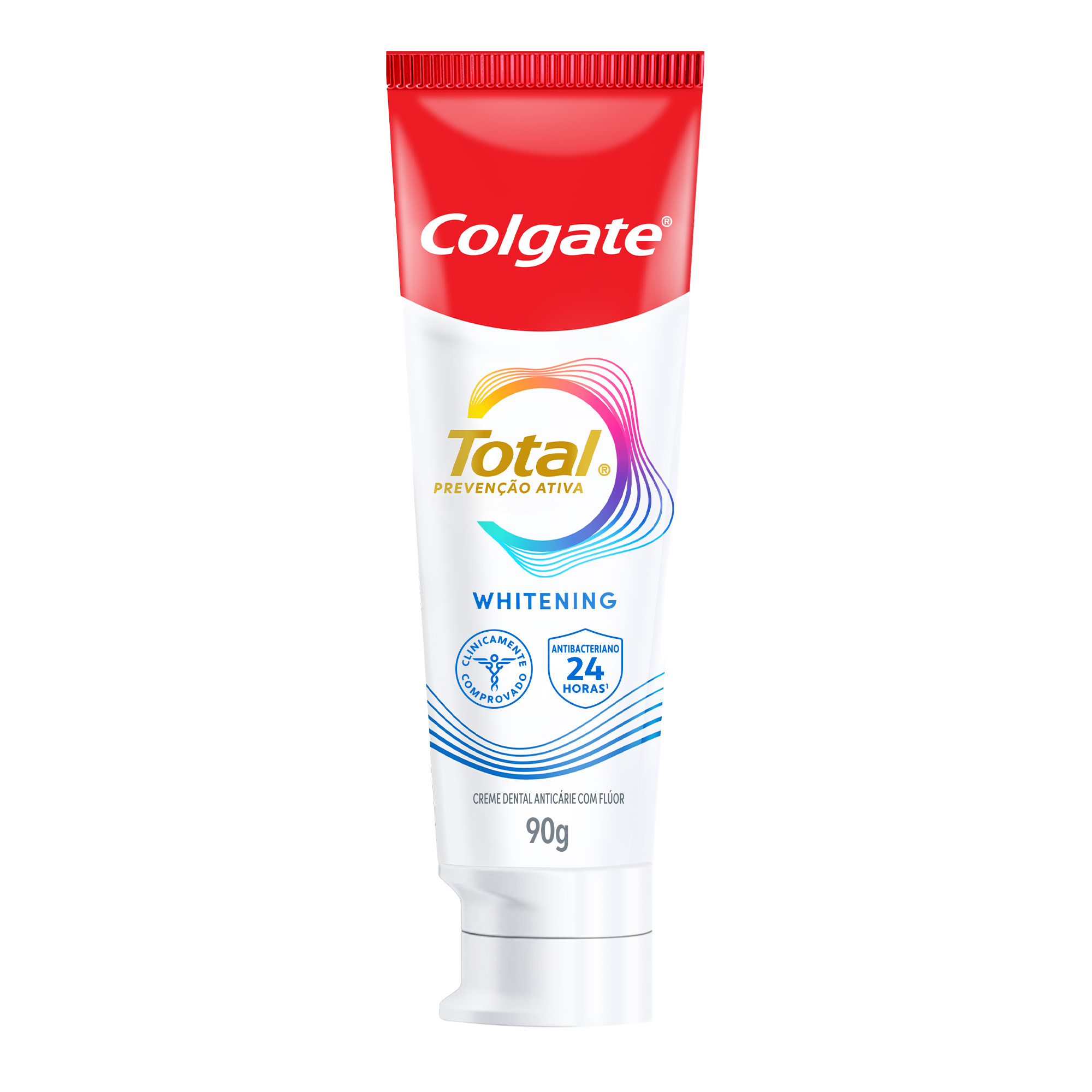Contents
This paper provides an overview of the current knowledge of diagnosis, epidemiology, etiology, and clinical management of dentin hypersensitivity. It summarizes technical approaches to relieve sensitivity in professional and home-use products, with emphasis on the clinical evidence for the efficacy of desensitizing toothpaste, and introduces a new innovative dentifrice technology containing 8% arginine, calcium carbonate, and 1450 ppm fluoride.
Dentin hypersensitivity is characterized by short, sharp pain arising from exposed dentin in response to external stimuli which cannot be ascribed to any other form of dental defect or disease. The hydrodynamic theory proposes that pain-producing stimuli cause a change in dentin fluid flow that activates intra-dental nerve fibers, via a mechanoreceptor response, to cause pain. To be hypersensitive, dentin must be exposed and dentin tubules must be open to external stimuli and patent at the pulp. Gingival recession is the primary cause of dentin exposure, and a major predisposing factor for dentin hypersensitivity.
Dentin hypersensitivity is a prevalent condition. It has been reported to afflict 15–20% of the adult population, typically 20 to 50- year-olds, with peak incidence between 30 and 39 years. Some studies have reported higher prevalence levels of up to 57%. The incidence of dentin hypersensitivity is expected to rise with changing diets, and as caries and periodontal disease prevention result in improved oral health status, and retention and functionality of the dentition.
Treatments to relieve dentin hypersensitivity are based on interruption of the neural response to pain stimuli or occlusion of open tubules to block the hydrodynamic mechanism. Effective and robust dentin occlusion offers the greatest prospect for instant and lasting relief of dentin hypersensitivity. In particular, materials which can coat exposed dentin surfaces, in addition to plugging and sealing open dentin tubules, offer the intriguing prospect of strengthening dentin and rendering it less susceptible to predisposing factors, while concurrently reducing dentin hypersensitivity.
Clinical studies have shown that a new toothpaste containing 8%arginine, calcium carbonate, and 1450 ppm fluoride as sodium monofluorophosphate offers significantly increased efficacy in reducing sensitivity, compared to a market-leading toothpaste containing 2% potassium ion. Mechanism of action studies have shown that this technology physically seals dentin tubules with a plug that contains arginine, calcium carbonate, and phosphate. This plug, which is resistant to normal pulpal pressures and to acid challenge, effectively reduces dentin fluid flow and, thereby, reduces sensitivity.
Faça download da versão impressa
Materiais Exclusivos para Uma Prática de Sucesso
Obtenha nossos conteúdos de educação contínua para apoiar você na sua prática profissional. Cadastre-se para acessar materiais para pacientes, consultório, ebooks e muito mais, totalmente gratuitos.
Materiais Exclusivos para Uma Prática de Sucesso
Obtenha nossos conteúdos de educação contínua para apoiar você na sua prática profissional. Cadastre-se para acessar materiais para pacientes, consultório, ebooks e muito mais, totalmente gratuitos.













